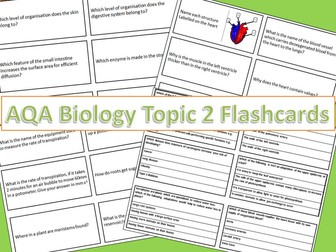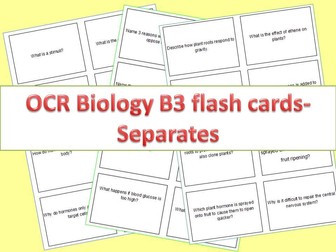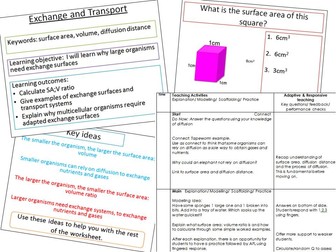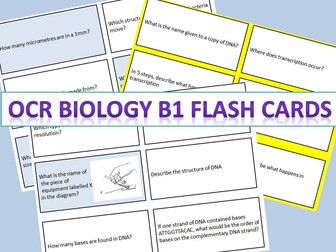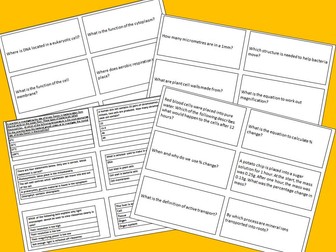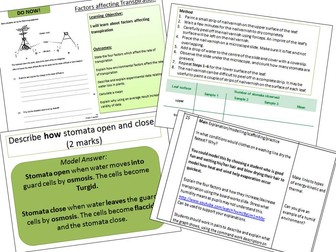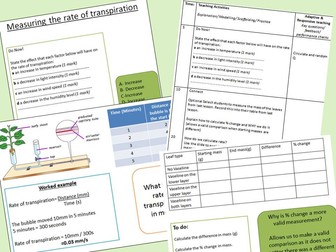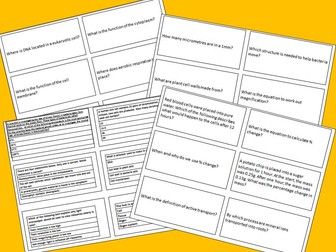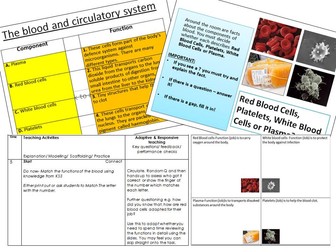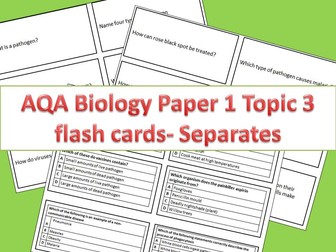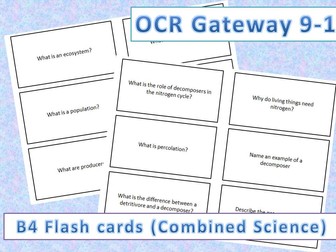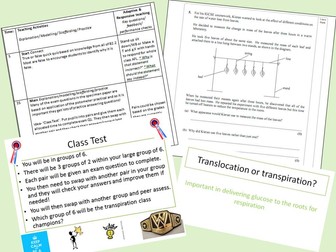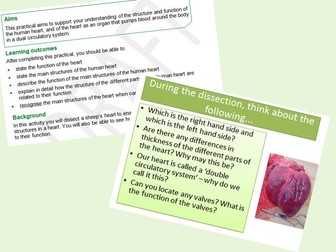AQA GCSE Biology Topic 2Organisation Flash Cards
Over 60 flash cards with questions and answers. Questions have been made based on common questions students get wrong and include working scientifically questions and maths questions. The last page has 6 bonus MCQ flash cards which test understanding of other questions within the flash card pack. <br />
<br />
These flash cards could be given to students after they have completed topic two or saved for in year 11 when hard core revision begins!<br />
<br />
Alternatively, I made the flash cards on PPT as I often copy one of the slides over and have my students complete the questions on it as a settler in order to interleave content.<br />
<br />
The slides have been made in PPT and are fully editable. Print using the 'Print on both sides. Print on long edge' option under print settings.<br />
<br />
Please leave a review with any comments or suggestions:)
